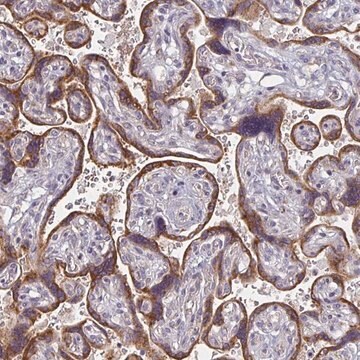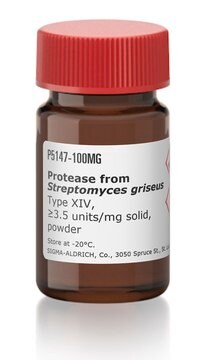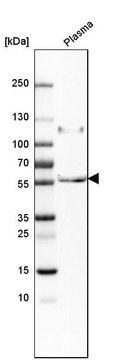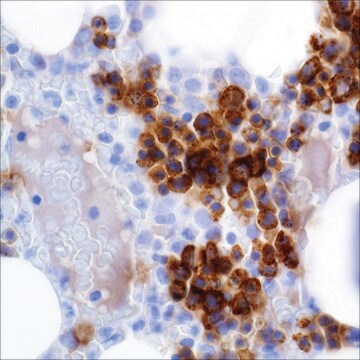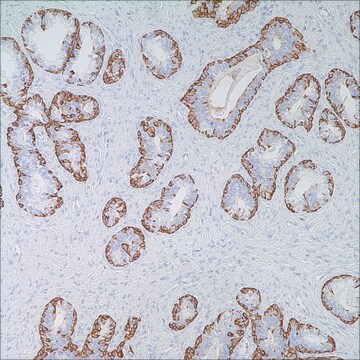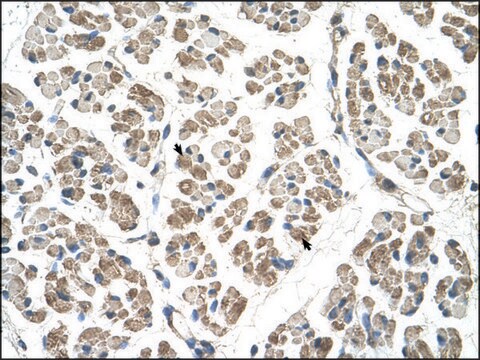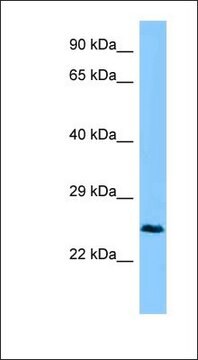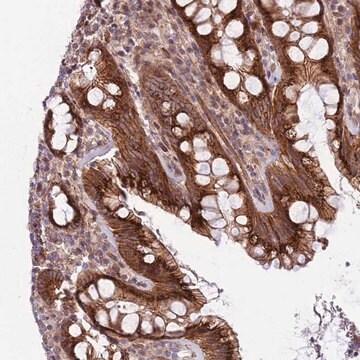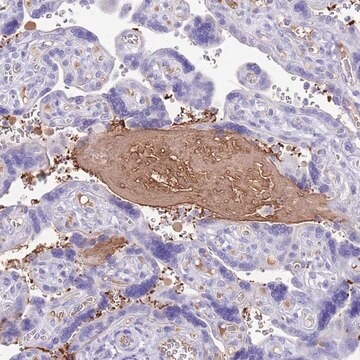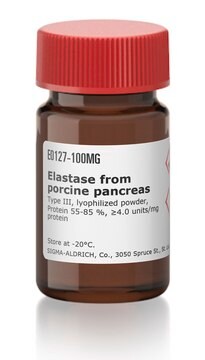MABT889
Anti-CTHRC1 Antibody, clone Vli-55
clone Vli-55, from rabbit
Synonym(s):
Collagen triple helix repeat-containing protein 1, Protein NMTC1
About This Item
Recommended Products
biological source
rabbit
Quality Level
antibody form
purified antibody
antibody product type
primary antibodies
clone
Vli-55, monoclonal
species reactivity
rat, mouse, human, porcine
technique(s)
immunohistochemistry: suitable
western blot: suitable
NCBI accession no.
UniProt accession no.
shipped in
wet ice
target post-translational modification
unmodified
Gene Information
mouse ... Cthrc1(68588)
General description
Specificity
Immunogen
Application
Western Blotting Analysis: Representative lots detected exogenously expressed human and rat CTHRC1 in lysates from transfected cells (Duarte, C.W., et al. (2014). PLoS One.;9(6):e100449; Stohn, J.P., et al. (2012). PLoS One. 7(10):e47142).
Western Blotting Analysis: A representative lot detected the overexpressed Cthrc1 in plasma samples from Cthrc1 trangenic mice, as well as immunoprecipitated CTHRC1 from normal human plasma samples (Stohn, J.P., et al. (2012). PLoS One. 7(10):e47142).
Immunohistochemistry Analysis: A representative lot detected increased Cthrc1 expression in interstitial cells and activated fibroblasts of various remodeling tissues from wild-type, but not Cthrc1-null mice following angiotensin II infusion by immunohistochemistry staining of paraformaldehyde-fixed, paraffin-embedded sections (Duarte, C.W., et al. (2014). PLoS One.;9(6):e100449).
Immunohistochemistry Analysis: Representative lots immunostained Cthrc1-positive cells in paraformaldehyde-fixed, paraffin-embedded human, pig, and rat pituitary gland tissue sections (Duarte, C.W., et al. (2014). PLoS One.;9(6):e100449; Stohn, J.P., et al. (2012). PLoS One. 7(10):e47142).
Immunohistochemistry Analysis: A representative lot immunostained adventitial cells of remodeling renal artery, dermal cells in skin wounds, embryonic cartilage, as well as midbrain of wild-type, but not Cthrc1-null mice, using paraformaldehyde-fixed, paraffin-embedded tissue sections (Stohn, J.P., et al. (2012). PLoS One. 7(10):e47142).
Immunohistochemistry Analysis: A representative lot localized Cthrc1 immunoreactivity in various regions of paraformaldehyde-fixed, paraffin-embedded mouse and pig brain sections (Stohn, J.P., et al. (2012). PLoS One. 7(10):e47142).
Cell Structure
Adhesion (CAMs)
Quality
Western Blotting Analysis: 10 µg/mL of this antibody detected CTHRC1 in 10 µg of human brain tissue lysate.
Target description
Physical form
Storage and Stability
Other Notes
Disclaimer
Not finding the right product?
Try our Product Selector Tool.
Storage Class
12 - Non Combustible Liquids
wgk_germany
WGK 1
flash_point_f
Not applicable
flash_point_c
Not applicable
Certificates of Analysis (COA)
Search for Certificates of Analysis (COA) by entering the products Lot/Batch Number. Lot and Batch Numbers can be found on a product’s label following the words ‘Lot’ or ‘Batch’.
Already Own This Product?
Find documentation for the products that you have recently purchased in the Document Library.
Our team of scientists has experience in all areas of research including Life Science, Material Science, Chemical Synthesis, Chromatography, Analytical and many others.
Contact Technical Service